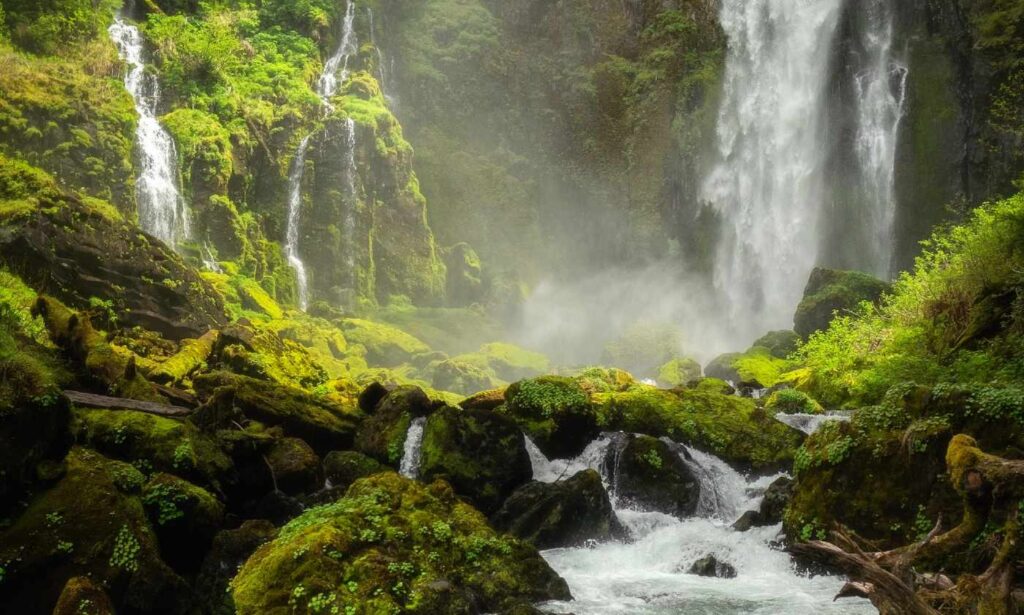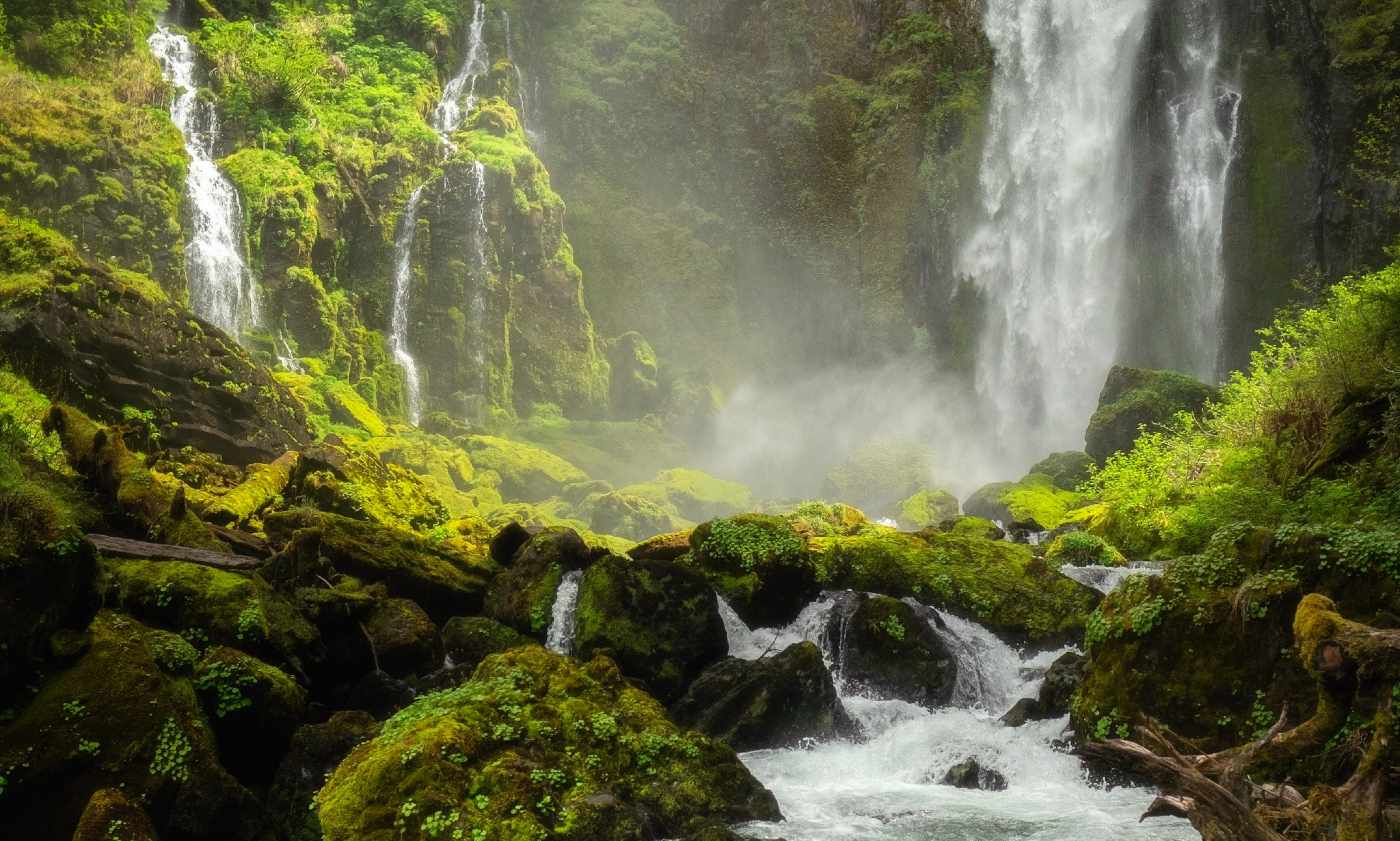
Beyond the visual beauty of their protected landscapes, U.S. National Parks also contain natural soundscapes that have the potential to create desirable health outcomes in people.
This finding is part of a large, recently published meta-analysis examining the impact of natural audio on visitors’ biomarkers—which looked at dozens of different scientific papers on the subject.
When in 2018 this author arrived in Dinosaur National Monument, Utah, I saw a two-mile hiking loop called the Sound of Silence Trail. As I began walking, I took notice of the sounds, or lack thereof, around me. After just one minute of hiking over flat scrub desert, I turned back to regard my parked Nissan and watched a car pass along the road just beyond. Yet it produced no more sound than a wisp of wind in the trees—as if the desert was swallowing or buffering the outside audio from reaching me.
This is just my own personal example of how the U.S. National Parks Service curates arrangement of trails, parking lots, campgrounds, and more to preserve sections of auditorily significant landscape—a topic that drove Rachel Buxton, a conservation scientist at Carleton University in Ottawa, to break from her habit of examining the stress-responses from noise pollution to the healing effects of natural sounds.
In the introduction to her meta-analysis, Buxton references one study that measured how various factors like sleep loss and disease removed “healthy life years,” from society—an interesting metric, and found that 650,000 years of life in a healthy state are lost through noise pollution—1000% more than cardiovascular disease.
Auditory healing
Sounds cause reactions in every known vertebrate, and most animal and even plant life have evolved to perceive sound as an important way of navigating the environment, finding food and mates, and avoiding danger. Therefore the obscuring of sounds by noise pollution can cause a lot of detrimental neurological effects, such as an increase in cortisol secretion that can lead to negative health outcomes.
One prevailing theory over why natural soundscapes promote healing is that they usually don’t require directed attention, and can allow the sort of “switching off” of auditory focus, something that can almost never be done in the constant stimulation of an urban environment.
In her meta-analysis, Buxton examined 36 studies, which together produced an average of a 28% reduction in feelings of annoyance when listening to natural sounds like birds, wind, and water; perhaps unsurprising. Of traditional markers of health, such as blood pressure, heart rate, and perceived pain, all of which were most strongly reduced (23%) by geophysical sounds of water.
MORE: World-Renowned Psychiatrist is Writing COVID Prescriptions… For Daily Poetry Reading
However most of the studies examined were conducted in a lab, and so in addition to a review of the literature, Buxton set out to measure the prevalence of sound in U.S. National Parks, in part to help inform park administrators—especially those in heavily visited parks—how to organize infrastructure to preserve areas of rich soundscape.
“In parks, noise degrades visitor enjoyment and health directly as an environmental stressor and indirectly by altering the number of sound-producing animals and thus decreasing the diversity of natural sounds,” she wrote. However when natural sounds were audible in combination with anthropogenic noise, the negative effects of the noise pollution were largely reduced.
RELATED: Gardening Just Twice a Week Improves Wellbeing and Prunes Your Stress, Says New Study
Buxton et al. measured 221 audio recordings from 68 National Park Sites and found that 75% of them had high levels of natural sounds 75% of the time. The National Parks Service actively works to protect and maintain soundscapes. Sometimes they also work to restore them, such as in Muir Woods National Monument—where they put up signs asking visitors to “park quietly” near a particularly audio-rich area.
“For me these sounds are treasures,” Buxton tells Smithsonian. “They’re amazing natural resources, and how remarkable that they are also really good for our health and our well-being.”
DE-STRESS Your Friends’ News Feeds—Share This Nature Finding…




















